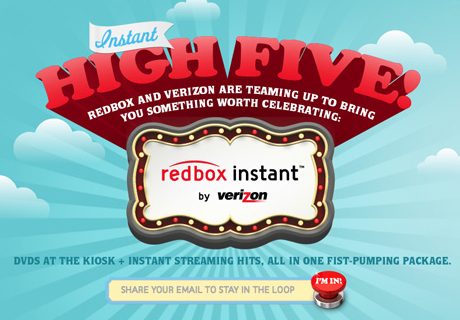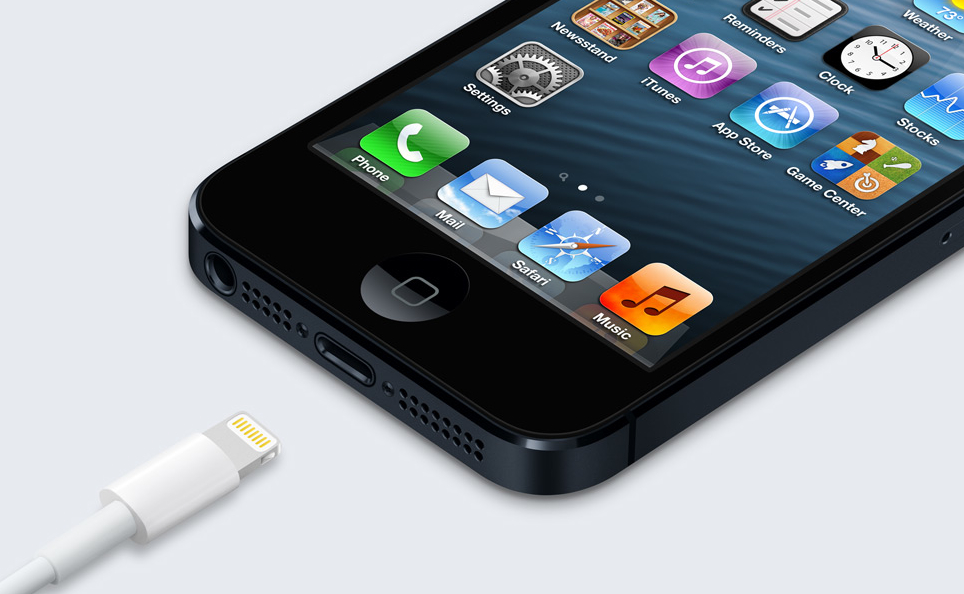Data Analytics and Hollywood Marketing: Social Sentiment Impacting Film
December 3, 2012
- Analytics tools that translate social media chatter into data have become more accurate and are quickly spreading through Hollywood marketing.
- At “The Power of Crowds: Social Sentiment and the Future of Film” panel hosted by USC Annenberg and IBM, industry experts highlighted the necessity of understanding data analytics, but said making movies won’t just become a product of research.
- According to David Barnes, director of emerging technologies at IBM software group, “the analytics explosion will soon see marketing execs spending more on information technology than most chief information officers,” Variety writes.
- Although data literacy will become increasingly important, it shouldn’t require specialized knowledge. “If you need a scientist to look at your data for you, your tools suck,” says Barnes.
- A study from IBM found that only two-thirds of chief marketing officers are engaged in their departments’ social campaigns, even though reaching fans through social media channels has become a strong focus.
- The panel mostly discussed analytics’ use in evaluating box office performance, but also noted the predictive potential.
- “Still on the fringes of data analytics are story-development tools, such as algorithms that read scripts in search of positives and negatives for both marketability and box office potential,” explains the article. “But the panel was unanimous… that no matter how sophisticated the data gets, filmmakers needn’t worry that their projects will be subject to groupthink.”
- “You will never see us make a movie based on a series of questions posed in a research environment — never, ever, ever,” says Rob Friedman, Lionsgate Motion Picture Group co-chair.



